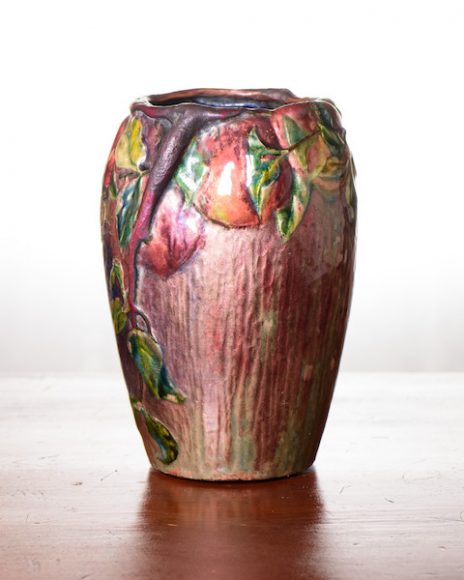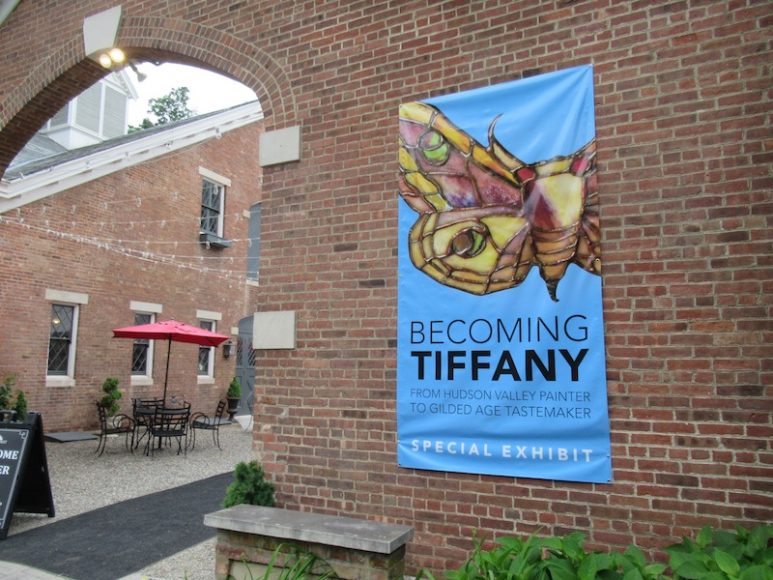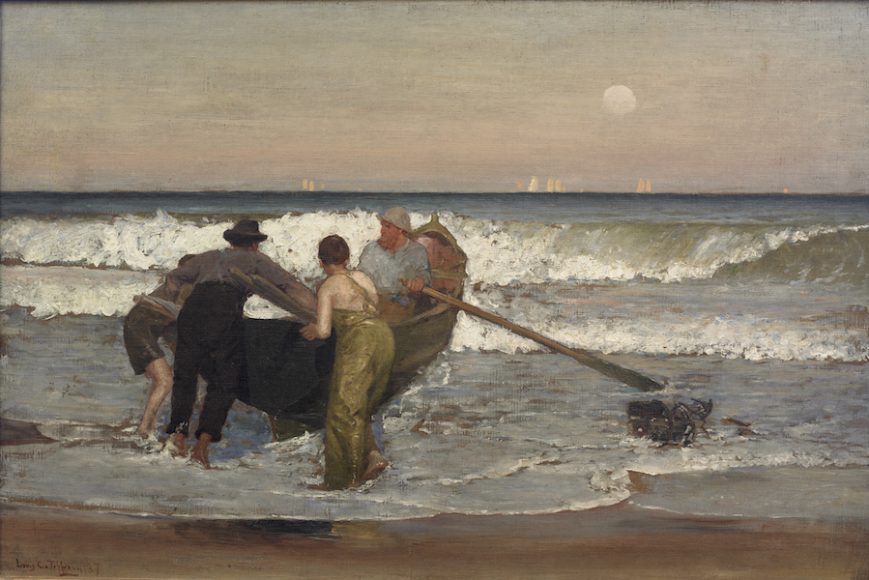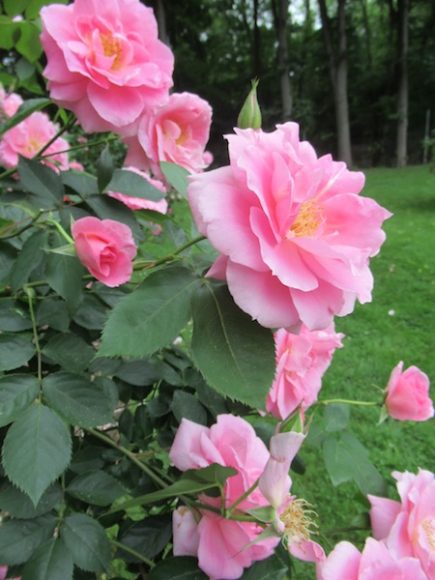WAG was back at Lyndhurst in Tarrytown this past weekend, this time attending the “Becoming Tiffany” symposium.
You may recall we spent another lovely Sunday, in late April, at the site of the National Trust for Historic Preservation for the “Mansions of the Gilded Age” symposium, sponsored by the organization of the same name.
This time, Lyndhurst presented its own slate of lectures and optional tours inspired by – and adding great depth to – its new exhibition, “Becoming Tiffany: From Hudson Valley Painter to Gilded Age Tastemaker.”
The impressive – and groundbreaking – exhibition traces Tiffany, best- known for his work in the decorative arts, from his early days as an Irvington-based painter.
The morning session began with “Louis C. Tiffany: ‘A Young and Promising Artist,’” offered by Roberta A. Mayer, professor emerita, art history, Bucks County Community College. She focused on “Tiffany’s early phase before his spectacular career in the decorative arts;” and her talk was followed by “Louis C. Tiffany’s Designs for American Synagogues (1889-1898),” during which Patricia Pongracz, executive director at Macculloch Hall Historical Museum in Morristown, New Jersey, explored Tiffany’s early sacred commissions in Albany and Buffalo, New York.
New York-based architect Samuel White, FAIA (Fellow of the American Institute of Architects) kicked off the afternoon session in style. A great-grandson of Stanford White (the iconic Beaux Arts architect murdered by the husband of a woman he was having a relationship with), Samuel White eloquently made the case for the importance of restoration of the former New York University library in the Bronx during “McKim Mead and White’s NYU Library, Tiffany and Helen Gould.”
Martin Eidelberg, professor emeritus, Rutgers University, then spoke on “Tiffany Before Clara Driscoll,” focusing on Tiffany’s work preceding the time of Driscoll, the woman whose integral role in the design of the iconic Tiffany lamps only came to light in recent years. As Eidelberg said, “He was an artistic genius. Nevertheless, he depended on others.”
Finally, Arlie Sulka, director and owner of Lillian Nassau LLC, capped the day by sharing behind-the-scenes stories about her work as an appraiser during “Tiffany on the Road: My Discoveries at ‘Antiques Roadshow.’” In her ongoing TV work, she has seen some museum-quality Tiffany treasures along with some that proved less than authentic.
The day was filled with fascinating facts and insights; the slate of experts uniformly well-spoken, entertaining and often downright funny. And, as evidenced by the post-talk Q&A sessions, the event drew quite a sophisticated and knowledgeable crowd.
In fact, Howard Zar, Lyndhurst’s executive director, playfully noted at one point how he loved the symposium audiences at Lyndhurst where, “we get a roomful of crazies and everyone is hanging on every word.”
We’d have to – proudly – agree.
“Becoming Tiffany: From Hudson Valley Painter to Gilded Age Tastemaker” continues through Sept. 24. Check out the July issue of WAG for our full coverage of the exhibition, drawn from both the symposium and the informal tour Lyndhurst’s Zar graciously gave WAG during the lunch break.
For more, visit Lyndhurst.org.
– Mary Shustack




